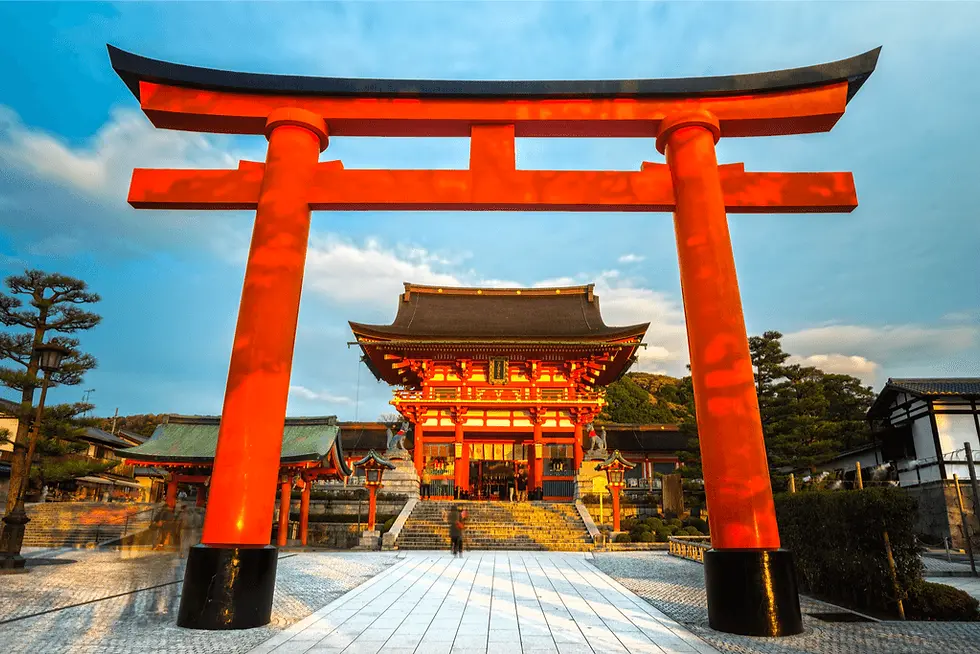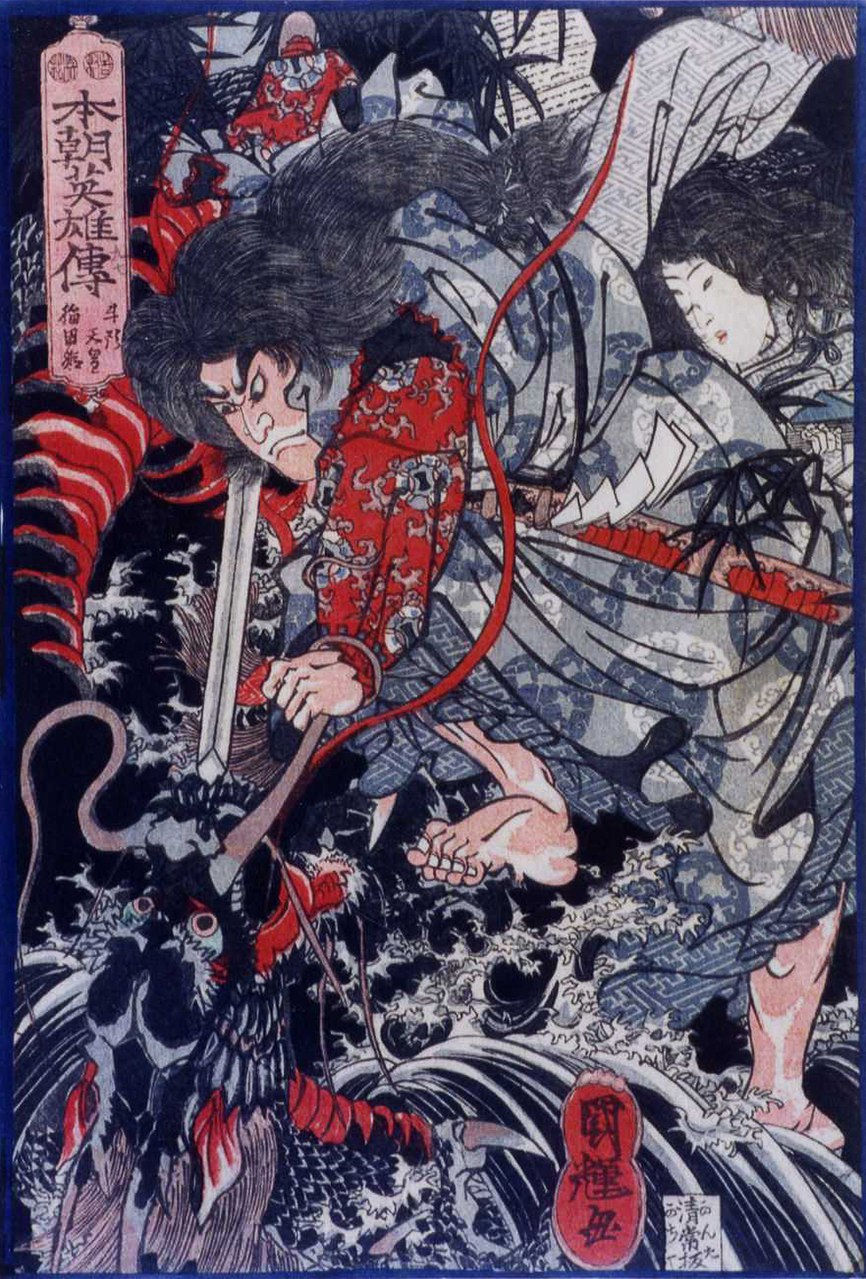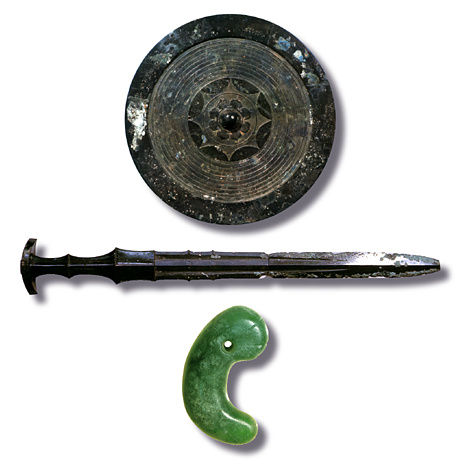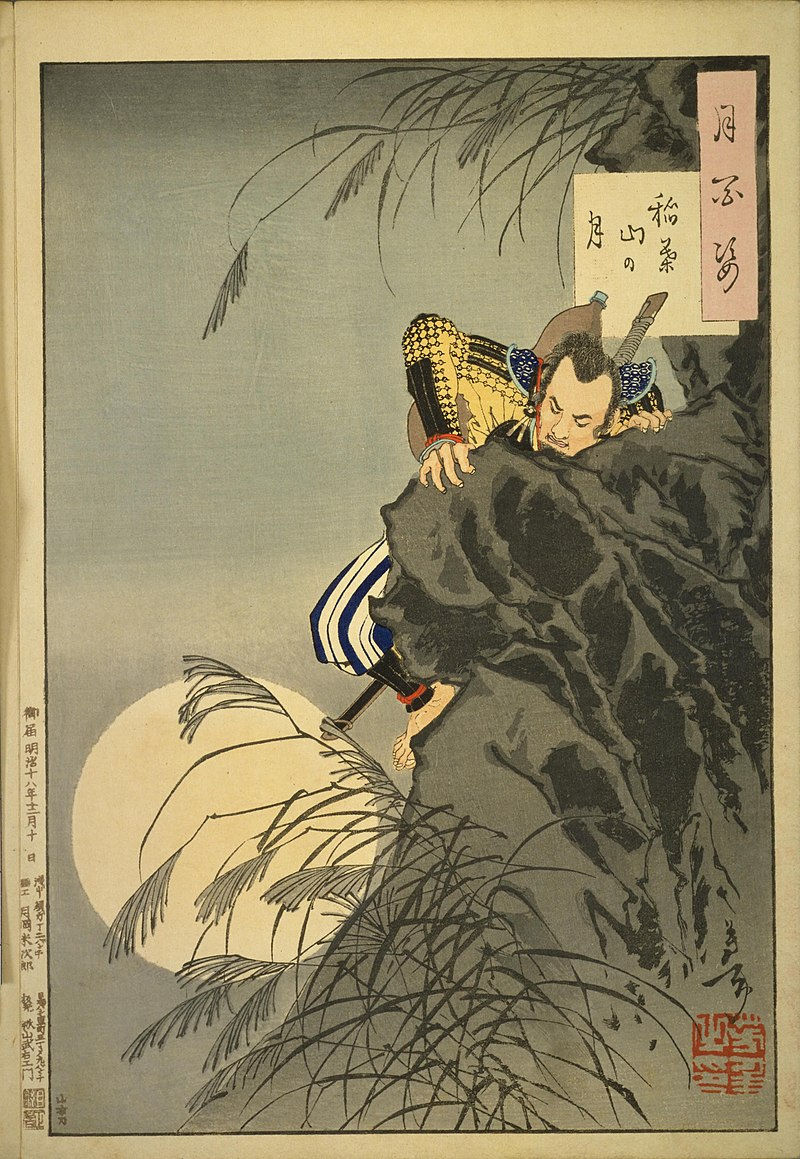Shinto
- 2304583d
- Aug 5, 2024
- 6 min read
Updated: Aug 10, 2024

Shinto (神道), meaning "the way of the gods," is Japan's indigenous religion. It has no known founder, no sacred scriptures like the Bible or the Quran, and is characterized by a deep connection to nature, ancestor worship, and a rich mythology. Shinto practices and beliefs have evolved over centuries, deeply influencing Japanese culture and society.
Origins of Shinto
Ancient Roots:
Animism: Shinto likely originated from the animistic beliefs of Japan's early inhabitants, who believed in spirits (kami) residing in natural objects, such as mountains, rivers, trees, and rocks.
Kojiki (古事記) and Nihon Shoki (日本書紀): The first written records of Shinto beliefs are found in the Kojiki (Records of Ancient Matters) and the Nihon Shoki (Chronicles of Japan), compiled in the 8th century. These texts provide the foundation for Shinto mythology and the genealogy of its deities.
Major Deities and Mythologies

Izanagi and Izanami:
Creation Myth: According to Shinto mythology, in the beginning, the world was seperated between Takamagahara (高天原), the heavens, and Ashihara-no-nakatsukuni (葦原の中つ国), 'Central Land of Reed Plains'/the earth. Many gods came to be in the heavens, but the earth remained a formless, chaotic mass, akin to drops of oil floating on water, or jellyfish drifting aimlessly. The deities Izanagi and Izanami were tasked with giving the world a form, and creating the Japanese islands. Using a jeweled spear the Ame-no-Nuboko (天沼矛), they stirred the ocean, and drops falling from the spear formed the first island, Onogoro (淤能碁呂島). They descended on this island and here, gave birth to other islands and deities.
Tragedy: Izanami died giving birth to the fire god, Kagutsuchi (カグツチ). Distraught, Izanagi went to the underworld (Yomi) to retrieve her but ultimately had to flee upon seeing that Izanagi's body was rotting and covered with maggots because she had already consumed the food of yomi, upon leaving, he sealed the entrance to Yomi.

Amaterasu Omikami (天照大御神) - The Sun Goddess:
Significance: Amaterasu is one of the central deities in Shinto, symbolizing the sun and the universe. She is the sister of Tsukuyomi and Susanoo. Amaterasu is considered the ancestor of the Japanese imperial family through her grandson Ninigi-no-Mikoto (瓊瓊杵尊), who was the great grandfather of the first Emperor of Japan, Emperor Jimmu (神武天皇). This connection established the divine right of the Japanese imperial family to rule over Japan and reinforced their legitimacy.
Myth: After a dispute with her brother Susanoo where he killed her younger sister and handmaiden Waka-hiru-me, Amaterasu hid in a cave known as the Awa-no-Iwato (天の岩戸), this plunged the world into darkness.
The other gods tried many ways to convince her to leave, but eventually held a large party with raucous celebrations outside the cave where the loud laughter of the gods lured her out of the cave, and restored light to the world.
Pacification of Ashihara-no-nakatsukuni: Amaterasu and Takamimusubi (高御産巣日神), the god of agriculture decided that the earth should be brought under the rule of their descendants. At that point, it was ruled by Ōkuninushi, a descendant of Susanoo. The gods sent various deities like Ame-no-Oshihomimi (天忍穗耳尊,天之忍穂耳命) the first son of Amaterasu, Ame no Hohi (天菩比神,天穗日命,アメノホヒ) the second son of Amaterasu, and Ame-no-Wakahiko (天若日子) to survey the earth and establish their authority over it.
However these initial efforts were not successful. Ame-no-Oshihomimi refused to proceed with his survey after he judged the earth to be chaotic, Ame no Hohi chose to curry favour with Ōkuninushi and did not report back for 3 years, and Ame-no-Wakahiko also took the side of Ōkuninushi and in fact, married Shitateruhime (Ōkuninushi's daughter). When a phesant Nakime was sent to interrogate Ame-no-Wakahiko, he shot her with an arrow, killing her and the bloodied arrow flew all the way to Takamagahara (heaven) and landed at the feet of Amaterasu and Takamimusubi. The two gods threw back the arrow with a curse which killed Ame-no-Wakahiko in his sleep.
Having had enough, the warrior gods Futsunushi (経津主神), and Takemikazuchi (建御雷) were sent to confront Ōkuninushi, who decided to relinquish his rule over the earth, and accepted Amaterasu's terms. He was given Kakuriyo (幽世), the unseen world to rule over instead. The two warrior gods continued to travel across the earth to slay all who resisted them and reward those who submitted.
Ninigi-no-Mikoto: After having completed the pacification of the earth, Amaterasu gifted her grandson Ninigi-no-Mikoto with three treasures, the Ame-no-Murakumo-no-Tsurugi (天叢雲剣) "Heavenly Sword of Gathering Clouds" it's name was later changed to Kusanagi-no-Tsurugi (草薙の剣) "Grass-cutting Sword", the Yata no Kagami (八咫鏡) "Eight-sided Mirror", and the Yasakani no Magatama (八尺瓊曲玉) "String of Jewels".
Having received these gifts, Ninigi-no-Mikoto descended onto the earth at Mount Takachiho and built a palace there. Later, the Emperors of Japan would claim descent from him and the three treasures gifted by Amaterasu would become the Imperial house's Three Sacred Treasures (三種の神器).

Tsukuyomi no Mikoto (ツクヨミノミコト, 月読命) - The Moon God:
Role: Tsukuyomi is the moon god and the brother of Amaterasu and Susanoo. He represents the moon and night.
Myth: He was sent to represent Amaterasu at a banquet hosted by the food goddess Uke Mochi, but was disgusted by the way she produced food (spitting out fish, meat and bowls of rice), and killed her before returning to heaven. Amaterasu was angry upon learning of this and vowed never to see him again. she moved to a different part of the heavens, leading to their separation which explains the division of day and night.

Susanoo no Mikoto (須佐之男命) - The God of Storms:
Character: Susanoo is the god of storms and seas and is known for his chaotic and impetuous behavior.
Myth: After a dispute with Amaterasu, Susanoo skinned a horse and threw its body at her sacred loom, killing one of her handmaidens and younger sister Waka-hiru-me, in response to this, Amaterasu fled into a cave which plunged the world into darkness until she was tricked into leaving by the other Kami. For causing so much trouble, Susanoo was banished to earth. He arrived in Izumo and was taken in by an elderly couple, where he learned that seven out of the couple's eight daughters had been eaten by a eight-headed serpent named Yamata no Orochi. Susanoo decided to fight the serpent to end the couple's troubles. After getting it drunk and cutting it into pieces, Susanoo found the sacred sword Kusanagi-no-Tsurugi (Grass-Cutting Sword) in its tail, which he presented to Amaterasu as a sign of his repentance.
The sword was passed down through Amaterasu's descendants to the Japanese Imperial family where it currently serves as one of the three Imperial Regalia of Japan alongside the Yata-no-Kagami (Eight-Sided Mirror) and the Yasakani-no-Magatama (String of Jewels).

Shinto as Japan's Native Religion
Persistence Over Millennia:
Adaptation: Shinto has endured for thousands of years, adapting to changes in Japanese society while maintaining its core beliefs and practices. It coexisted with Buddhism after its introduction to Japan in the 6th century, leading to a syncretic relationship where both religions influenced each other. State Shinto:
Meiji Restoration: In the late 19th century, during the Meiji Restoration, Shinto was restructured as a state religion known as State Shinto. The government promoted Shinto as a means to foster national unity and loyalty to the emperor.
Nationalism: State Shinto emphasized the emperor's divine status and Japan's unique cultural identity, playing a significant role in the nation's militaristic and imperialistic policies leading up to and during World War II. Post-War Evolution:
Adaptation: Shinto has endured for thousands of years, adapting to changes in Japanese society while maintaining its core beliefs and practices. It coexisted with Buddhism after its introduction to Japan in the 6th century, leading to a syncretic relationship where both religions influenced each other.
Conclusion
Shinto is deeply woven into the fabric of Japanese culture and history. Its mythology, deities, and practices reflect a profound connection to nature and the divine. From its ancient animistic roots to its role in the imperial ideology of the Meiji era, and finally to its current form, Shinto has evolved while preserving its core essence. It remains a vital and living tradition, celebrated through rituals, festivals, and daily life in Japan.





Comments